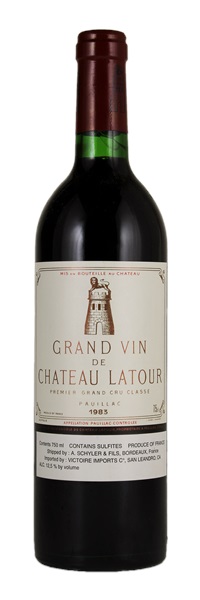Very top shoulder fill; label condition issue
Removed from a temperature and humidity controlled wine storage unit; Obtained by inheritance
Light capsule condition issue; base neck fill; light label condition issue
Removed from a professional wine storage facility; Purchased at retail
Light capsule condition issue; lightly elevated cork; base neck fill; light label condition issue
Removed from a professional wine storage facility; Purchased at retail
Signs of past seepage; base neck fill or better; light label condition issue
Removed from a professional wine storage facility; Purchased direct from winery; Consignor is original owner
Light capsule condition issue; very top shoulder fill; light label condition issue
Removed from a professional wine storage facility; Purchased direct from winery; Consignor is original owner

Image above is an example. To view the image of the lot, click the item number.
Estimate
...Very concentrated and sweet with an intense nose reminiscent of liquorice that almost reminded me of Syrah. Quite amazing persistence with an impressively fresh finish...
A solid, firm wine with a tannin structure that is softening. Aromas of chocolate, ripe fruit and meat. Full-bodied, with loads of fruit and tannins and a long, long finish. Thick and chewy. Gorgeous.
Bouquet well developed...good fruit and flavour